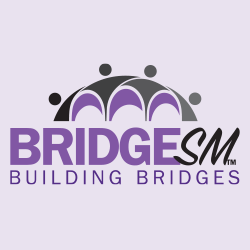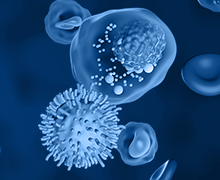Target Audience
The educational design of this activity addresses the needs of community-based allergy/clinical immunology, medical dermatology, hematology/oncology, and gastroenterology clinicians (MDs, NPs, PAs) involved in the management of patients with nonadvanced systemic mastocytosis (SM).
Program Overview
SM is a rare and underrecognized clonal mast cell disorder that often presents with heterogeneous symptoms, leading to diagnostic delays, significant quality-of-life burdens, and suboptimal care. This BRIDGE SM regional webinar series is designed to close critical knowledge gaps among community-based clinicians involved in the diagnosis and management of nonadvanced SM. Through an in-depth review of pathophysiology, clinical presentation, diagnostic tools, and treatment options—including US Food and Drug Administration (FDA)-approved targeted therapies—participants will gain actionable insights into improving patient outcomes. Regional perspectives will highlight how SM diagnosis and care pathways may vary across diverse practice settings and geographic areas in the US.
Educational Objectives
After completing this activity, the participant should be better able to:
- Describe the pathophysiology of nonadvanced SM, including the role of driver mutation(s) in mast cell activation, their impact on multisystem clinical manifestations, and the rationale for targeted therapies clinical manifestations
- Utilize updated diagnostic criteria and laboratory assessments, including molecular and ancillary testing, to differentiate indolent and other forms of SM for accurate disease classification and prognosis
- Summarize clinical trial findings for emerging and established therapies, including FDA-approved treatments
- Develop individualized treatment plans for patients with nonadvanced SM by incorporating clinical evidence, safety considerations, patient-reported outcomes, shared decision-making, patient education, and multidisciplinary management



Building Bridges Between Treatment Centers and Community Practices



Building Bridges Between Treatment Centers and Community Practices



Building Bridges Between Treatment Centers and Community Practices








